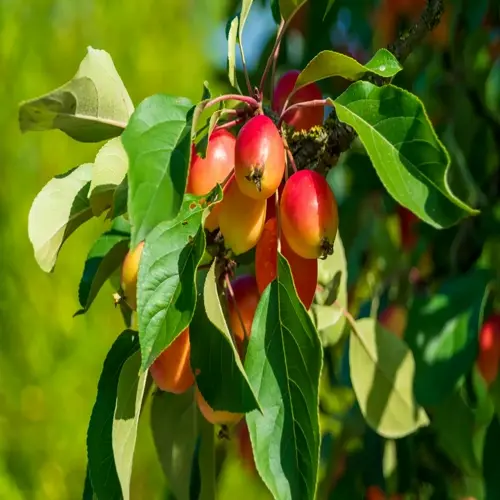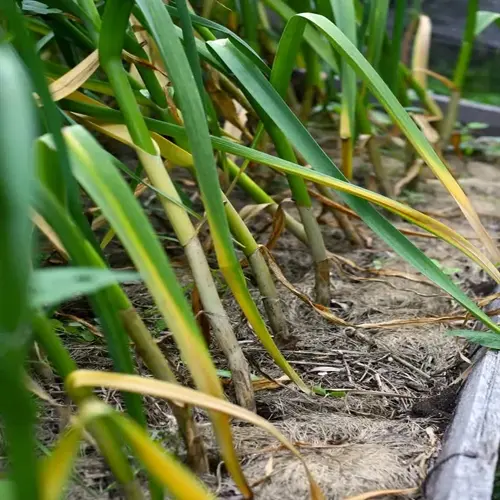How should you respond to bird damage before harvest?

Written by
Kiana Okafor
Reviewed by
Prof. Martin Thorne, Ph.D.Bird damage poses a serious threat to grape crops at this time of year, when the berries begin to ripen and sweeten. You should respond immediately when you see 5% damage thresholds. Trust me, if I had not responded quickly when I spotted my first pecked berries, I would have lost my harvest completely.
Use bird netting as your first line of defense, and install it the minute you notice a bird. Use mesh sizes less than 3/4 inch to keep small birds out. You can hang nets over trellises, but just be sure the edges are secured tightly so the birds can't get in. The physical barrier will be nearly 95% effective if completed before damage begins.
Utilize a combination of deterrents for optimal benefit. Reflective tape sends confusing flashes, while audible devices (visual/audible combination) send distress calls. Distribute them throughout the vineyard, changing locations weekly to prevent the birds from learning their locations. Limit access to water sources and surrounding vegetation that is abundant in berries, many of which attract birds.
Physical Barriers
- Install netting before veraison
- Use 3/4 inch UV-stabilized polyethylene nets
- Ensure complete coverage without gaps
- Remove nets post-harvest to prevent tangling
Sensory Deterrents
- Rotate reflective tape positions weekly
- Use predator decoys like owl statues
- Employ distress call systems at dawn/dusk
- Combine visual and auditory methods
Environmental Controls
- Eliminate standing water sources
- Remove nearby berry-producing plants
- Maintain clean perching surfaces
- Install perch deterrents on trellis wires
If damage exceeds 15%, it is time to harvest. For the best outcome, harvest at approximately 85% optimal ripeness to salvage the remaining crop. It is important to process the damaged grapes immediately as they will begin to deteriorate right away. This is a last resort option, and should offer more value than total crop loss.
Check the vineyard daily during the critical three weeks before harvest. Walk the vineyard at daybreak when bird activity is at its maximum, and record damage patterns to improve on prevention efforts in the future. Starlings produce the most damage, but robins and cedar waxwings, particularly, feed on ripe clusters.
Read the full article: When to Harvest Grapes: The Essential Guide

